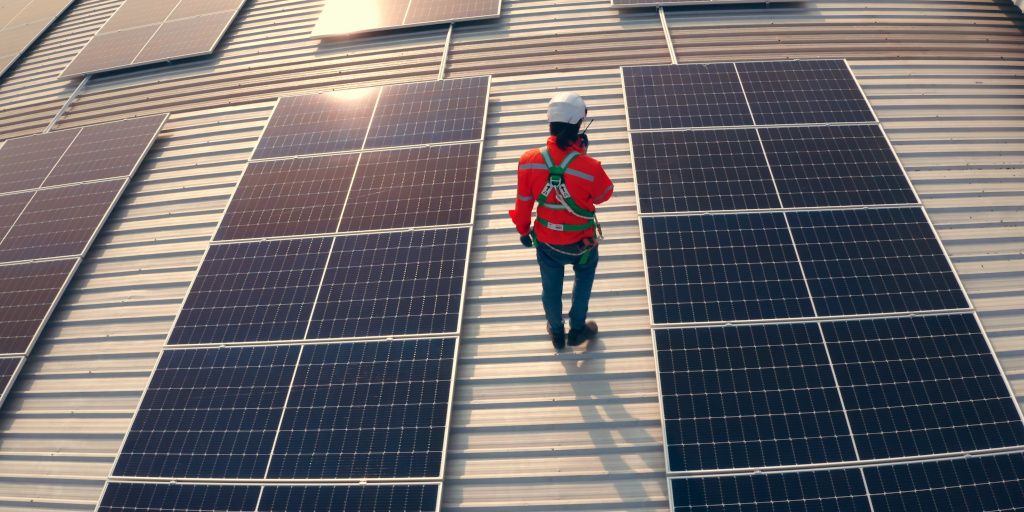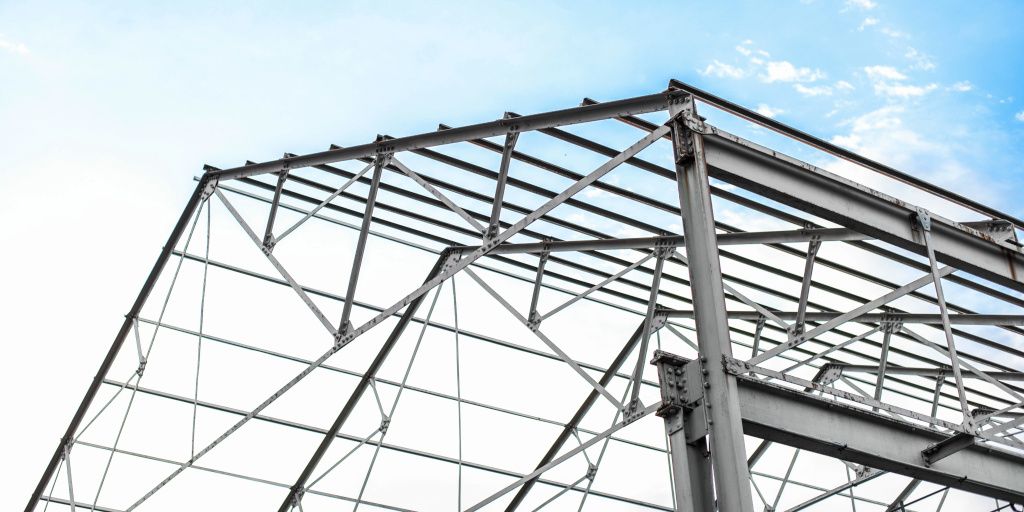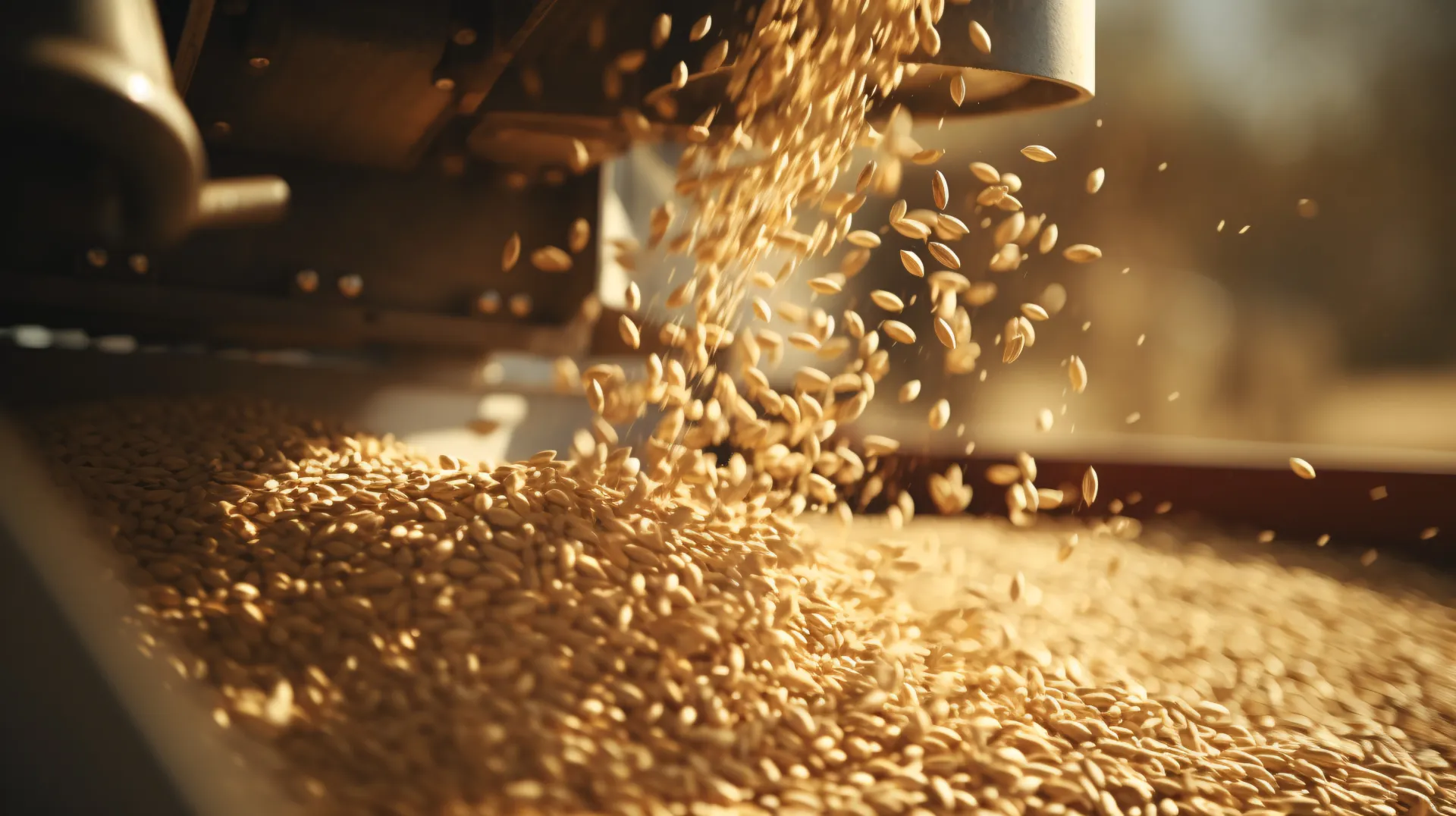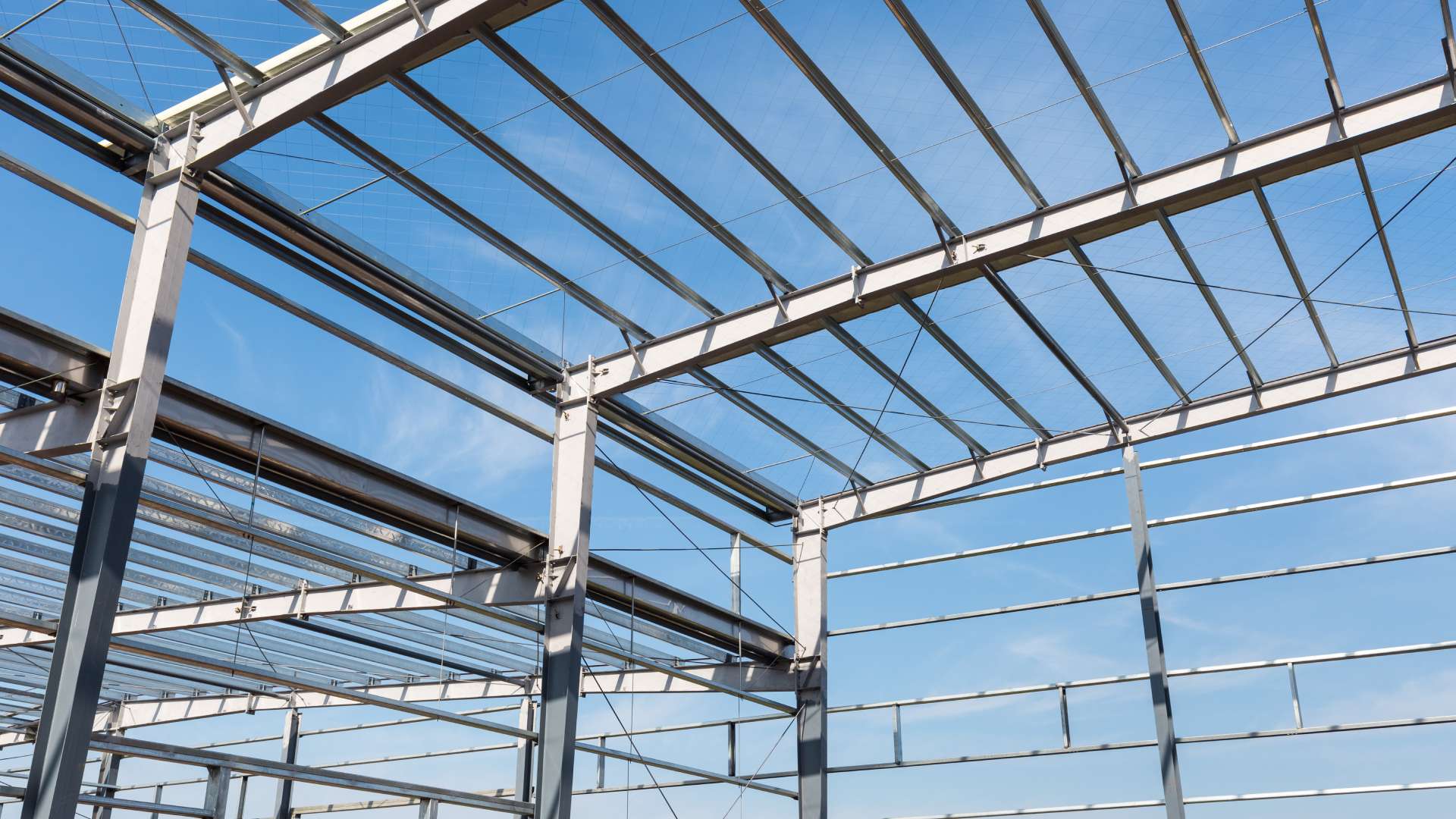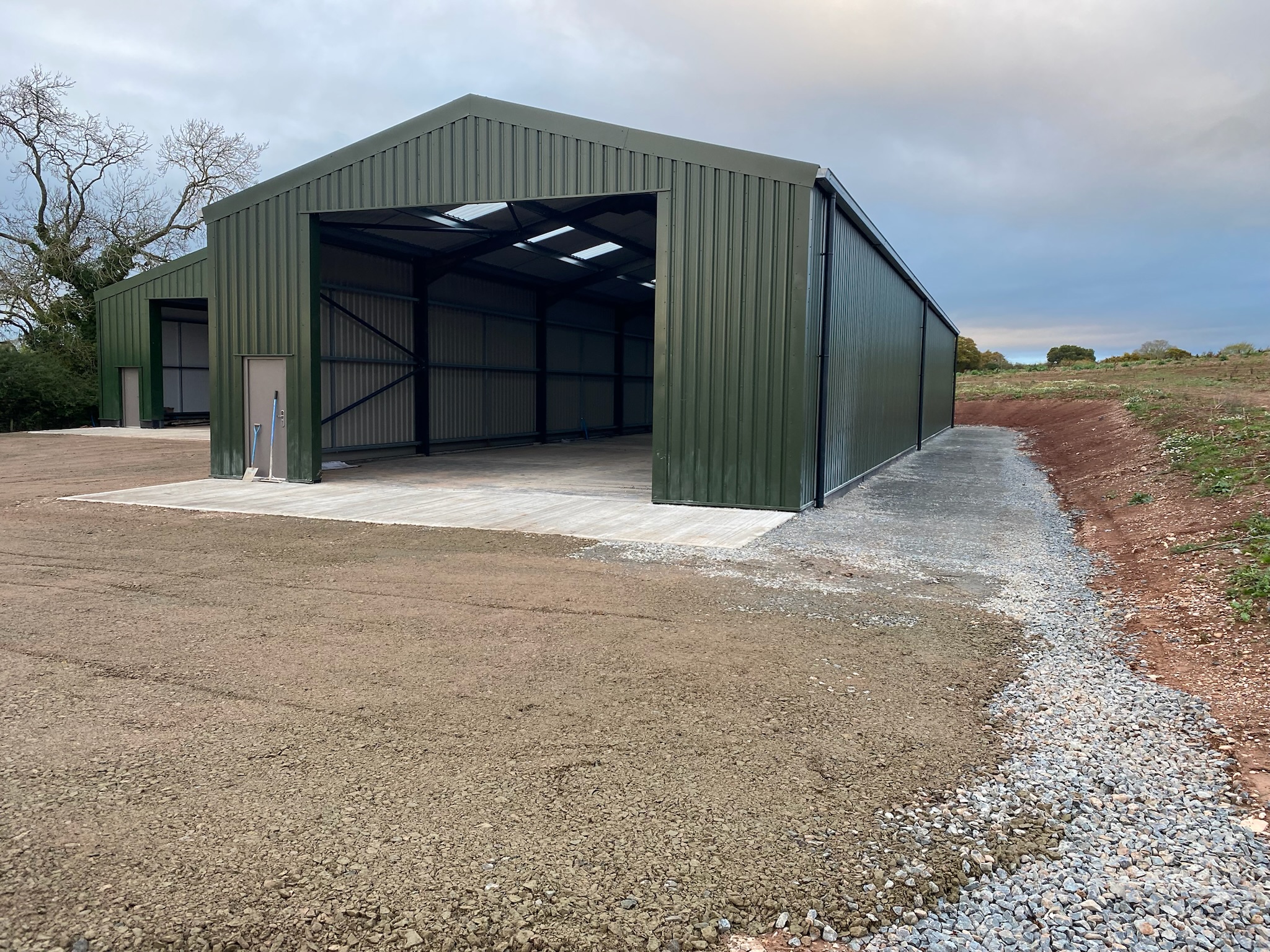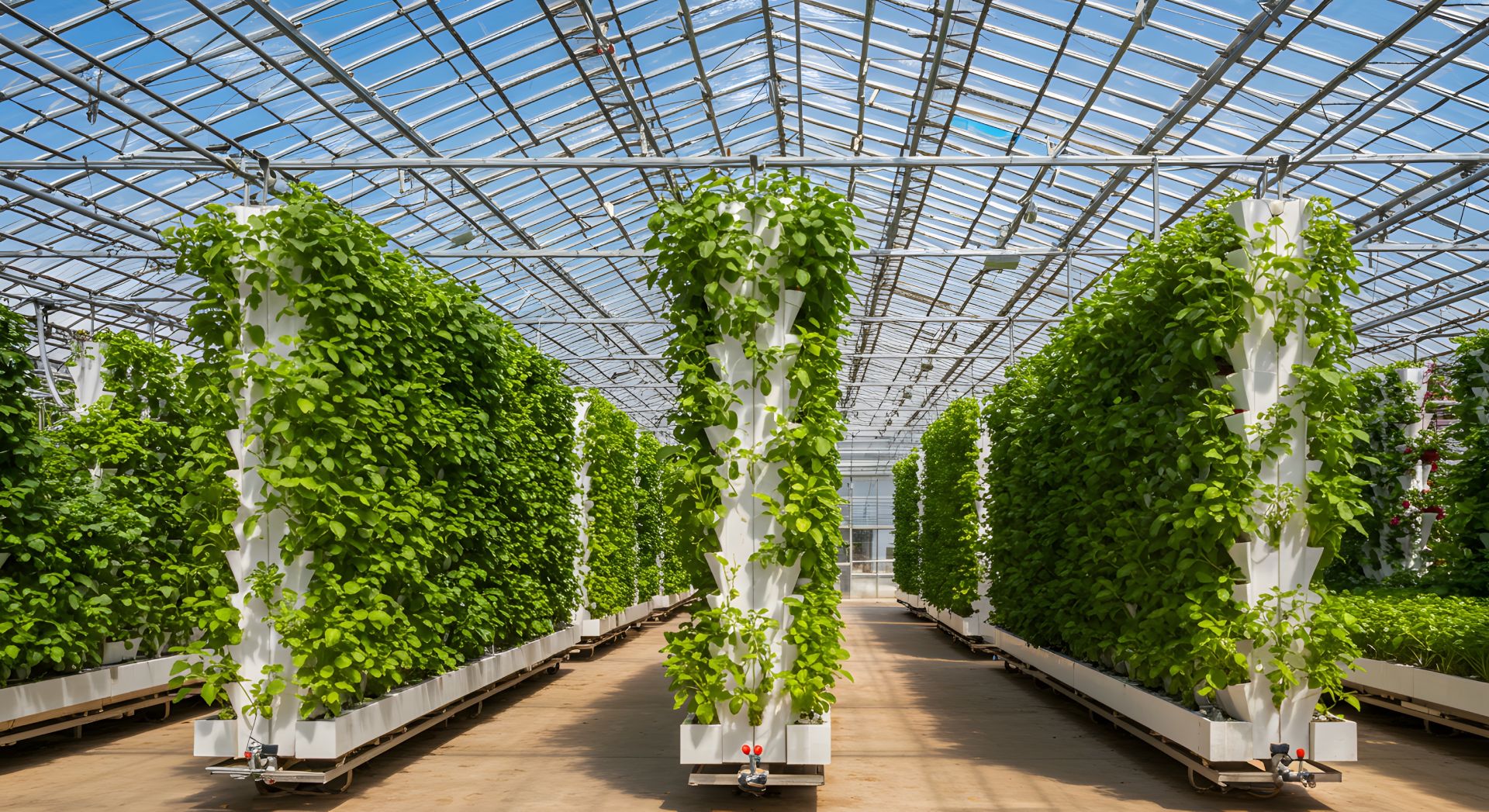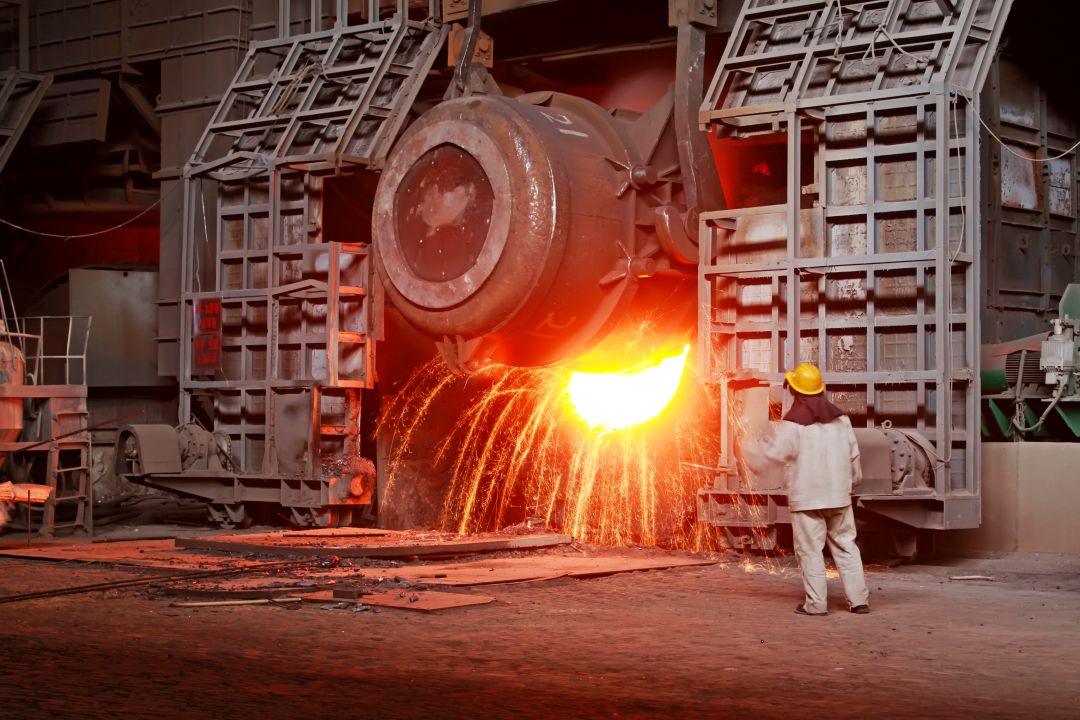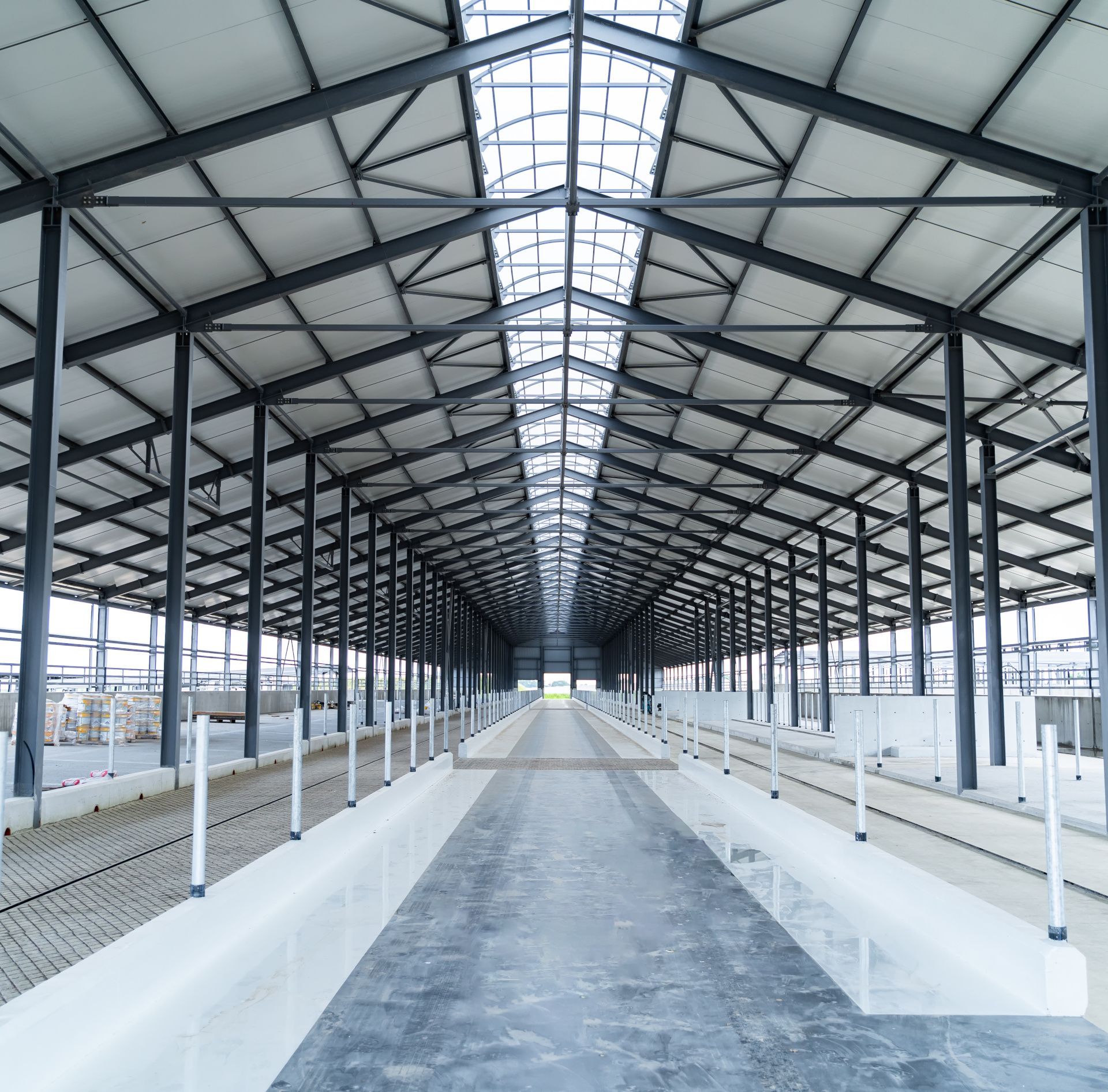As the world becomes more conscious about the impact of human activities on the environment, eco-friendliness has become a crucial consideration in construction. Steel buildings offer a sustainable and environmentally-friendly solution to traditional construction methods.
The use of eco-friendly features in the design of steel buildings can significantly reduce energy consumption, lower utility bills, and minimise environmental damage. This blog will explore some of the eco-friendly features that you can consider when designing your steel building.
Insulation
Insulation is essential for maintaining comfortable indoor temperatures and reducing energy consumption.
Steel buildings can be insulated with a range of materials, including fibreglass, mineral wool, and spray foam insulation. Each type of insulation has a different R-value, which measures the insulation’s resistance to heat flow, and U-factor, which measures the insulation’s ability to prevent heat loss.
The higher the R-value and the lower the U-factor, the more energy-efficient the insulation is. By choosing high-quality, energy-efficient insulation for your steel building, you can significantly reduce your heating and cooling costs and minimise your environmental footprint.
Roofing
The type of roofing material you choose can have a significant impact on the energy efficiency of your steel building. Metal roofing is a popular choice for eco-friendly buildings because it is highly reflective and can reduce cooling costs by up to 25%.
In contrast, asphalt shingles absorb heat, making it harder to maintain a comfortable indoor temperature. Other eco-friendly roofing materials to consider include clay tiles, slate, and green roofs.
By choosing an energy-efficient roofing material, you can reduce your energy consumption, save money on utility bills, and minimise your environmental impact.
Windows and Skylights
Natural light and ventilation are essential for maintaining a comfortable indoor environment and reducing energy consumption.
Energy-efficient windows and skylights can help reduce heat loss in the winter and heat gain in the summer. Low-e coatings and gas fills can further improve the energy efficiency of windows by reducing heat transfer.
Skylights are an excellent option for providing natural light and ventilation, and they can be designed to work in conjunction with the building’s HVAC system for maximum efficiency.
By choosing energy-efficient windows and skylights for your steel building, you can reduce your energy consumption and improve indoor air quality.
HVAC Systems
Heating, ventilation, and air conditioning (HVAC) are critical components of an energy-efficient steel building. By choosing an energy-efficient HVAC system, you can significantly reduce your energy consumption and lower your utility bills.
Ductless mini-splits are a popular option for steel buildings because they are highly efficient and can be easily installed without the need for extensive ductwork. Geothermal heat pumps are another eco-friendly option that can provide both heating and cooling while reducing energy consumption by up to 60%.
By choosing an energy-efficient HVAC system, you can reduce your environmental impact while enjoying a comfortable indoor environment.
Conclusion
In conclusion, eco-friendliness is becoming an increasingly important consideration in construction. Steel buildings offer a sustainable and environmentally-friendly solution to traditional construction methods, and by incorporating eco-friendly features into their design, you can further reduce your energy consumption and lower your environmental footprint.
Some of the eco-friendly features to consider when designing your steel building include insulation, roofing, windows and skylights, HVAC systems, and renewable energy sources.
By working with an experienced steel building provider, you can design a customised, energy-efficient steel building that meets your needs while minimising your environmental impact.

